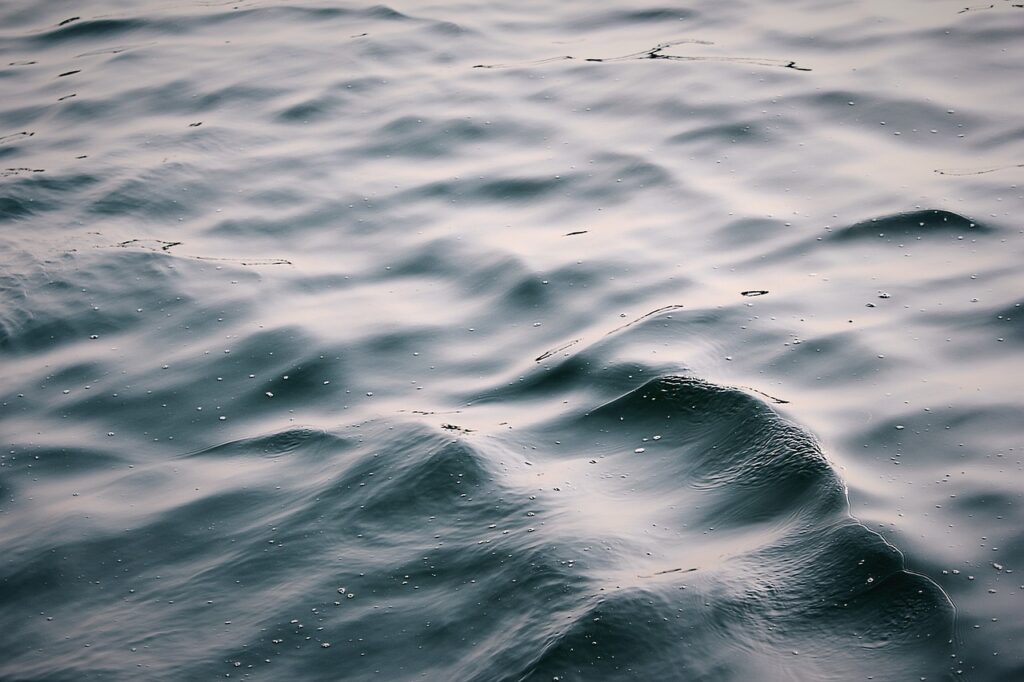Hydrogen produced from North Sea wind power offers a unique opportunity for Europe to enhance its energy resilience and industrial competitiveness.
This renewable hydrogen could become a significant component of European energy by expanding offshore wind capacity and utilizing it for hydrogen production. North Sea countries aim to increase their offshore wind capacity from less than 30 GW to 120 GW by 2030 and 300 GW by 2050. Offshore wind farms in this region boast a 50% capacity factor, favoring stable electricity generation for hydrogen electrolysers.
Producing hydrogen offshore reduces the need for costly electricity grid expansions and utilizes available offshore wind resources far from land. Germany estimates its electricity network extension costs will reach €320 billion by 2045, including €160 billion for offshore electricity lines alone. Transporting hydrogen by pipeline over distances of 100km or more is significantly cheaper than transmitting electricity via cables, especially for far-offshore wind farms where these cost benefits outweigh electrolyser expenses and energy conversion losses.
Significant investment is required for the necessary infrastructure in the North Sea. Both public and private sectors need to establish financial mechanisms to mitigate risks and attract private capital. Government-backed long-term ‘Hydrogen Purchase Agreements’ can ensure stable revenues for investors by creating reliable off-take partnerships. These efforts could be complemented by Germany’s ‘intertemporal cost allocation,’ which establishes favorable pipeline tariff levels and state-backed loans to support hydrogen core grid development.
Integrated cross-border cooperation and EU-wide planning for electricity and hydrogen markets are vital. A unified regulatory framework, simplified permitting processes, and harmonized standards can hasten investment and reduce costs.





